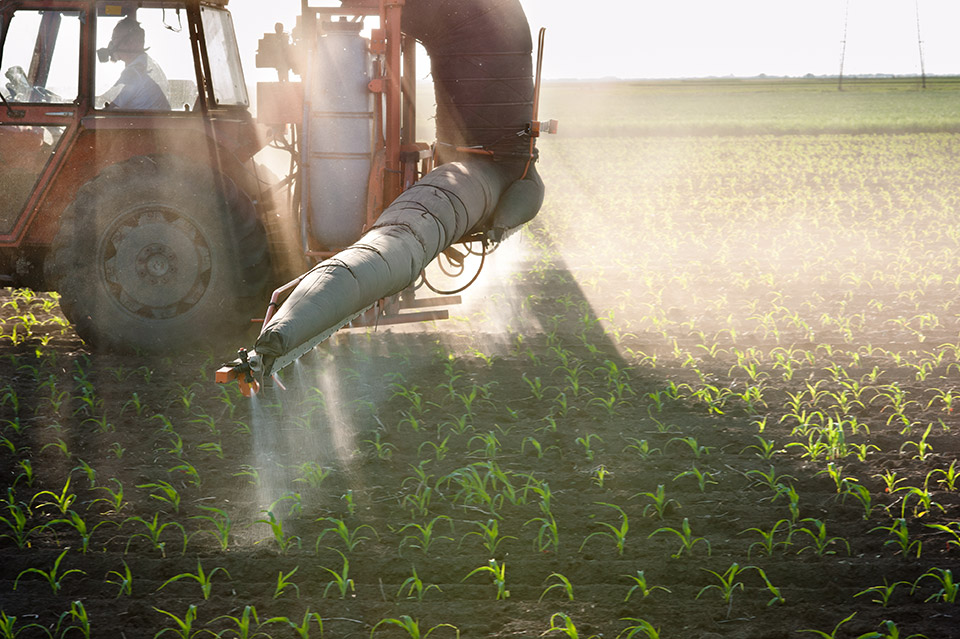Carbon sequestration is the capturing, removing, and storing carbon dioxide from the atmosphere. It is essential because 45% of the carbon dioxide emitted by humans remains and is the most significant contributor to global warming.
There can be two ways of doing this: biologically or geologically. It also happens naturally in our environment on the most enormous scale.
Biological Sequestration
This happens when carbon is stored in the natural environment, including carbon sinks like grasslands, forests, oceans, soils, and other bodies of water. It is mainly referred to as a passive or indirect form of sequestration.
The forests and Woodlands are the best forms of natural carbon sequestration because carbon dioxide binds to plants in photosynthesis by exchanging it with oxygen as a purifying emission. The forest stores twice as much carbon on average as it emits, while 25% of global carbon emissions are sequestered.
Geological Sequestration
This happens when carbon is stored in underground geological formations or rocks. It’s mainly direct or artificial and an effective way of neutralizing emissions put into human practices like construction and manufacturing. The process is primarily technological, especially recently with the innovations.
Groundwork BioAg are growing closer to have the technology that will allow massive carbon sequestration. This will help to capture carbon during any activity that offsets emissions and help to become carbon neutral more quickly.
They do this by encouraging our natural environment to grow while preserving whatever exists. They also have reforestation, reclamation, and rewilding of agricultural land to allow carbon capture.
To learn more, you can contact Groundwork BioAg today to help find and make efficient ways of creating raw materials to reduce atmospheric carbon.


